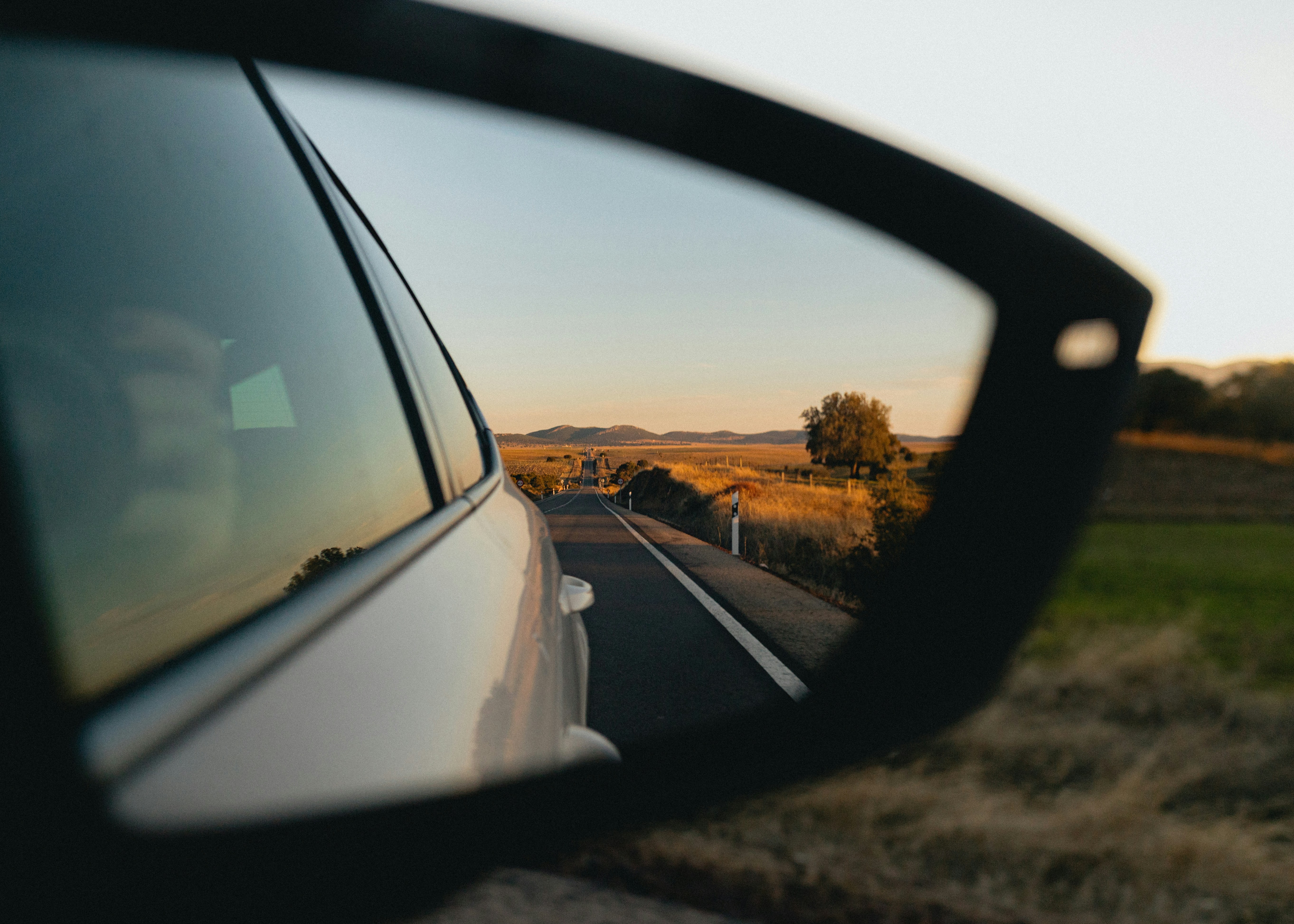Traffic Rules in Germany, France, Spain, Italy, Croatia, Norway, Sweden & Denmark

Planning a European road trip? Driving abroad gives you freedom and adventure, but every country has its own traffic laws. To avoid fines and ensure a safe journey, it’s important to know the key traffic rules in each country before you start your trip.
Below you’ll find the most important driving rules for popular holiday destinations in Europe: Germany, France, Spain, Italy, Croatia, Norway, Sweden, and Denmark.
Driving in Germany: Traffic Rules You Must Know
Speed limits Germany: 50 km/h in towns, 100 km/h on rural roads, and no general speed limit on the autobahn (recommended speed: 130 km/h).
Alcohol limit: 0.05% BAC (0.00% for drivers under 21 or with less than 2 years’ experience).
Tolls and stickers: Cars generally don’t pay tolls, but some cities require an environmental sticker (“Umweltplakette”).
Mandatory equipment: Warning triangle, safety vest, and first aid kit.
Driving in France: Key Traffic Regulations
Speed limits France: 50 km/h in cities, 80 km/h on rural roads, 130 km/h on motorways (110 km/h in rain).
Alcohol limit: 0.05% BAC (0.02% for bus and new drivers).
Tolls: Most motorways are tolled. Card and cash payments are accepted.
Mandatory equipment: Reflective vest, warning triangle, spare bulbs. A breathalyzer is officially required, but fines are not enforced.
Driving in Spain: Important Rules for Tourists
Speed limits Spain: 50 km/h in towns, 90 km/h on rural roads, 120 km/h on motorways.
Alcohol limit: 0.05% BAC (0.03% for professional and novice drivers).
Tolls: Some motorways are tolled, although many have become free.
Mandatory equipment: Two warning triangles (or V16 emergency light), reflective vest, spare wheel or repair kit.
Driving in Italy: Traffic Laws You Should Know
Speed limits Italy: 50 km/h in towns, 90 km/h on rural roads, 130 km/h on motorways (110 km/h in rain).
Alcohol limit: 0.05% BAC (0.00% for drivers under 21 or with less than 3 years’ experience).
Tolls: Most motorways have tolls; pay with cash, card, or Telepass.
Mandatory equipment: Warning triangle, reflective vest, spare wheel/repair kit.
Driving in Croatia: Holiday Driving Tips
Speed limits Croatia: 50 km/h in towns, 90 km/h on rural roads, 130 km/h on motorways.
Alcohol limit: 0.05% BAC, but 0.00% for drivers under 25.
Tolls: Motorways are tolled based on distance traveled.
Mandatory equipment: Warning triangle, reflective vest, first aid kit, spare lamps. Winter tires required in some regions between November–April.
Driving in Norway: Rules for Safe Travel
Speed limits Norway: 50 km/h in towns, 80 km/h on rural roads, 90–110 km/h on motorways.
Alcohol limit: Very strict 0.02% BAC.
Tolls: Many tunnels, bridges, and roads are tolled with automatic systems.
Mandatory equipment: Warning triangle and reflective vest. Winter tires strongly recommended in snowy months.
Driving in Sweden: Traffic Laws for Visitors
Speed limits Sweden: 50 km/h in towns, 70–90 km/h on rural roads, 110–120 km/h on motorways.
Alcohol limit: Very strict 0.02% BAC.
Tolls: Congestion charges apply in Stockholm and Gothenburg.
Mandatory equipment: Warning triangle. Winter tires mandatory from Dec 1 to Mar 31 if conditions require.
Driving in Denmark: Road Rules for Tourists
Speed limits Denmark: 50 km/h in towns, 80 km/h on rural roads, 130 km/h on motorways.
Alcohol limit: 0.05% BAC.
Tolls: Only major bridges (Great Belt and Øresund Bridge) are tolled.
Mandatory equipment: Warning triangle.
Final Tips for Driving in Europe
Always carry your driver’s license, registration, and insurance documents.
Check environmental zones (e.g., in Germany and France).
Keep cash or a credit card for tolls and parking.
In winter, verify local tire or snow chain requirements.
With these European driving rules in mind, you can enjoy a safe and stress-free holiday on the road.
Looking for more traffic rules in other countries in Europe?